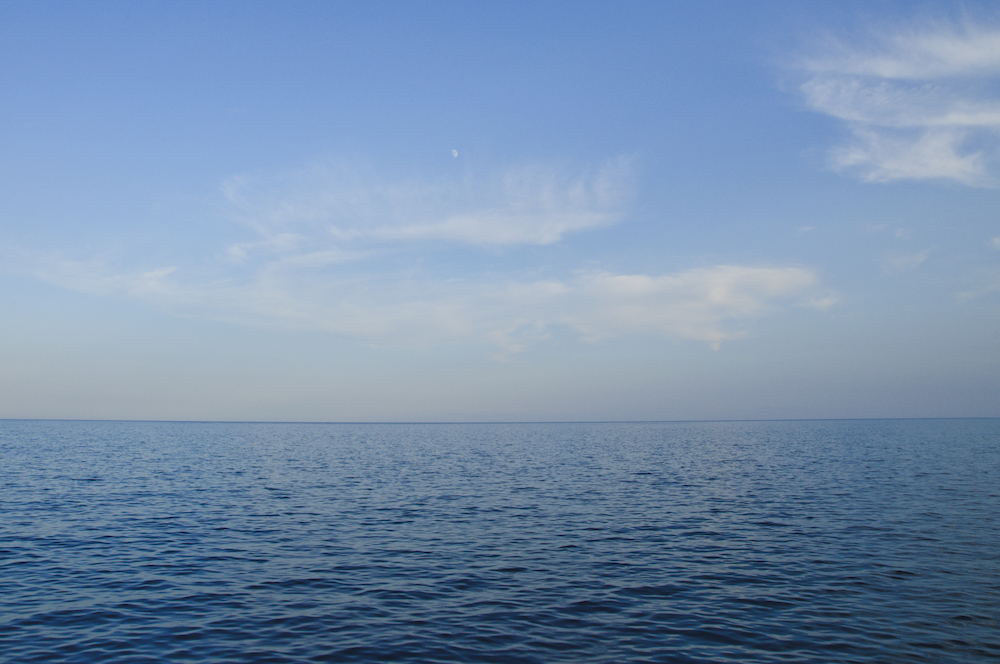Volume handled by Asian Terminals Inc.’s Batangas Container Terminal (BCT) hit a new record last year.
In a statement, ATI said the BCT handled 160,000 twenty-foot equivalent units (TEUs) in 2016, the highest foreign container throughput level reached since the facility started commercial operations in 2010.
Last year’s foreign container throughput also surpassed by 23 percent the previous record of 130,000 TEUs achieved by BCT in 2015.
Despite the double-digit growth in volume, BCT operated at world-class efficiency pace with full-year production averaging 29 GMPH (gross moves per crane per hour).
GMPH is a measure of how many boxes cranes could move from ship to shore in an hour.
During fourth quarter’s peak season, BCT operated at an even faster pace of 31 GMPH, matching the production of global trade hubs in Singapore and Hong Kong.
Meanwhile, yard utilization reached an average of 37 percent, showing the facility’s ability to handle more vessels and shipment.
More than setting a new record in volume handled last year, ATI said BCT has also played a greater role in helping decongest traffic in Metro Manila.
This, as the foreign container throughput last year translated to a reduction of over 80,000 truck trips along Metro Manila’s roads, as more importers and exporters chose to transport commodities via Batangas instead of Manila.
BCT which is located near Calabarzon’s (Cavite-Laguna-Batangas-Rizal-Quezon) major industrial hubs, caters to customers including Japanese electronics giants, food and beverage conglomerates, agriculture exporters, car manufacturers, and other major businesses in the region.
At present, six vessels operated by major shipping lines call BCT weekly, providing Calabarzon customers links to Hong Kong, Singapore, Taiwan, Japan, Thailand, Vietnam, Indonesia and other global trade hubs.
Given customer demand, ATI is investing in doubling BCT’s capacity to over 600,000 TEUs.
By next year, BCT expects to have an extended quay measuring 600 meters and equipment fleet of four quay cranes and eight rubber-tired gantry cranes, from its current fleet of two and four, respectively.
Source: Hellenic Shipping News (LF)
Source: Hellenic Shipping News

